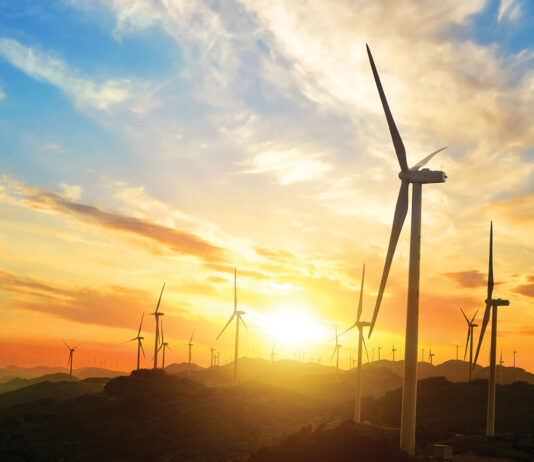
What You Should Know in Oil and Gas Today
The Big Story
Oil prices are crashing today amid overblown concerns about a lack of demand recovery. At least, that’s according to the energy-related media. The truth is that the market is panicking because the U.S. just concluded a very predictably slow summer driving season. It is a mystery why any investor would not have seen that coming given all of the insane COVID-19 related restrictions still in place in the U.S. economy.
The price for West Texas Intermediate was down to $36.58 as of this writing, down about 9% even after weeks of steady large drawdowns in domestic crude oil inventories. The reality is that the market fundamentals remain sound, and what we are seeing right now is a bunch of panic selling.
I saw one TV “expert” this morning attribute the panic selling to “the rising U.S. rig count.”
Wait, what?
The Baker Hughes rig count did rise last week, but only by a whopping 2 rigs, only one of which is dedicated to drilling an oil well. That was the 2nd increase in the past 3 weeks, but in total, all that means is that the domestic count is up by 5 rigs over 3 weeks. Meanwhile, the Enverus Daily Rig Count was also up, but again by only a handful of rigs. And that count is actually down by 12 rigs over the last 3 weeks.
That’s not exactly a return to boom times, folks. Calm down.
Meanwhile, in other news…
A new analysis by Rystad Energy finds that this tiny increase in the number of drilling rigs is mainly attributable to the efforts by some shale producers to complete and put their inventory of “Drilled but un-completed” (DUC) wells on production. Rystad states that The recovery of fracking operations in the US is happening largely thanks to an unusually high inventory of drilled but uncompleted wells (DUCs), which is strong enough to sustain the current level of fracking without the industry adding more rigs to expand drilling deep into 2021, a Rystad Energy analysis shows. After DUCs run out, however, rig activity in the five key oil regions needs to be in the 280-300 range to maintain flat oil output. Actual rig activity today is almost 50% lower than that requirement, but the industry still has about two to three-quarters of leverage, based on the current DUC count, to achieve a smooth transition from a DUC-driven activity phase to a regular operations mode.
Sounds right to me.
The Houston Chronicle has as booster piece for Tesla this morning, in which one expert predicts the sale of electric trucks will eventually surpass those of gasoline powered trucks. That day could eventually come, but limitations to EV technology that the boosters refuse to recognize and deal with more likely mean that Tesla’s Texas EV Truck factory will eventually be converted into making something else. The Ford F150 is not going to surrender its market easily.
Over at Forbes.com, Robert Bryce, a real energy expert, has a terrific piece explaining “The Trillion Dollar Reason Why Joe Biden Won’t Ban Fracking” despite all the rash promises he’s made to do just that. Yes, but what about his designated successor, Kamala Harris, who will take over the presidency shortly after inauguration day? She’s also made the same promises and is not nearly as pliable and controllable as Biden.
He must be perfect for the job, then. – E&E News reports this morning that “Democrats and activists” are out smearing William Perry Pendley from his role as Director of the Bureau of Land Management. E&E quotes noted demagogue Paul Grijalva (D-AZ) as claiming that Pendly is “unfit” for the job. Thus, he must in fact be doing the job exceedingly well.
In Colorado, today is a showdown over the Democrat Party’s controversial effort to kill that state’s oil and gas industry by implementing a new, 2,500 foot setback regulation. This proposal would make it illegal to site any new well within 2,500 feet of any house, school, church, office building, or any other human-occupied building in the state. It would also enforce the setback from any “environmentally sensitive” area, without defining the meaning of that term. The rule is intentionally designed by Gov. Jared Polis and his fellow Democrats to end oil and gas drilling in Colorado.
Later today, the Colorado Oil & Gas Conservation Commission, which was revamped and loaded up with anti-oil and gas activists when the Democrats gained majorities in both houses of the legislature last year, will hold a hearing to take comments on the rule. It’s a pretty safe bet how this is all going to come out. Years of litigation will follow.
That’s all for today.
















